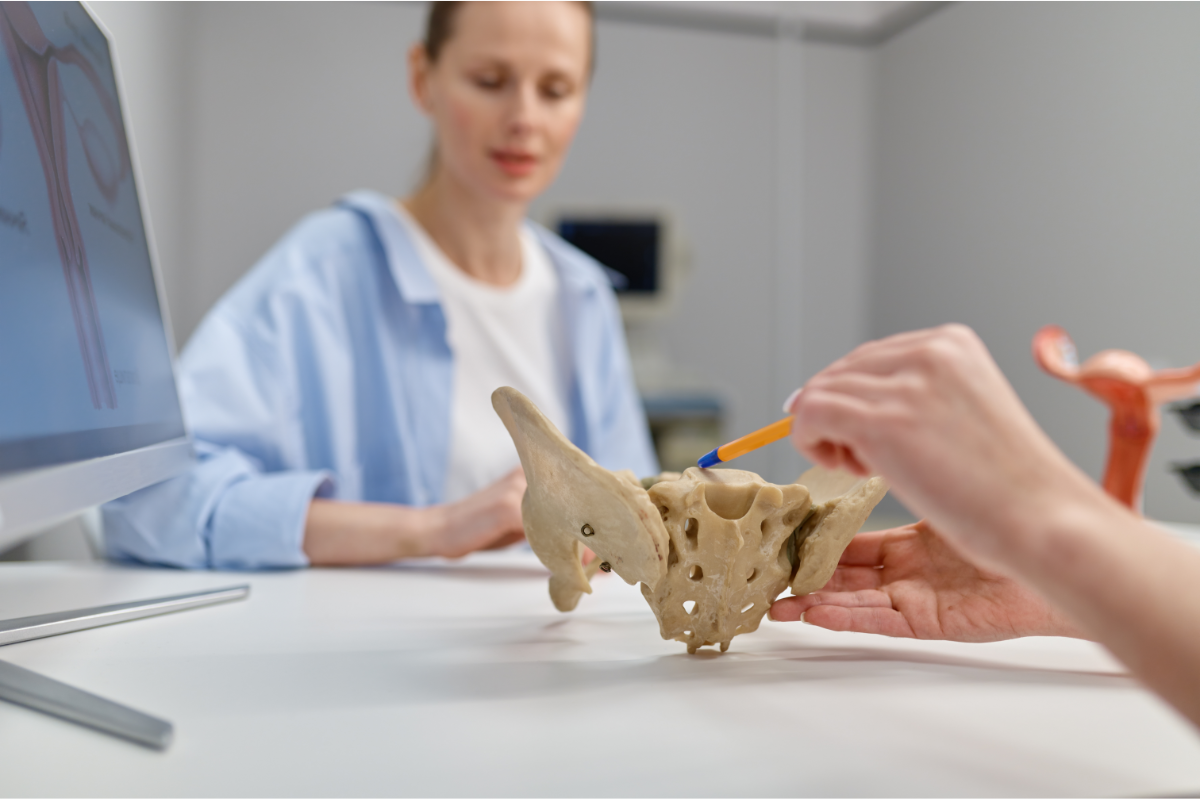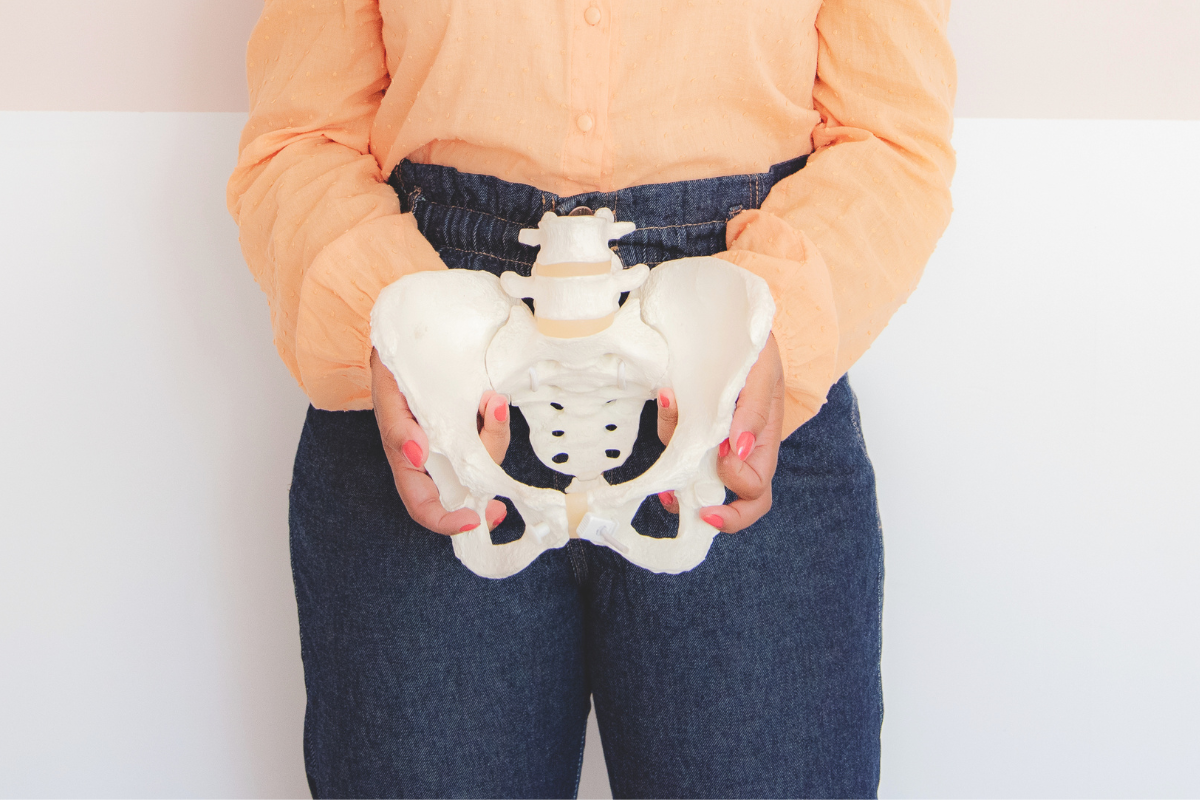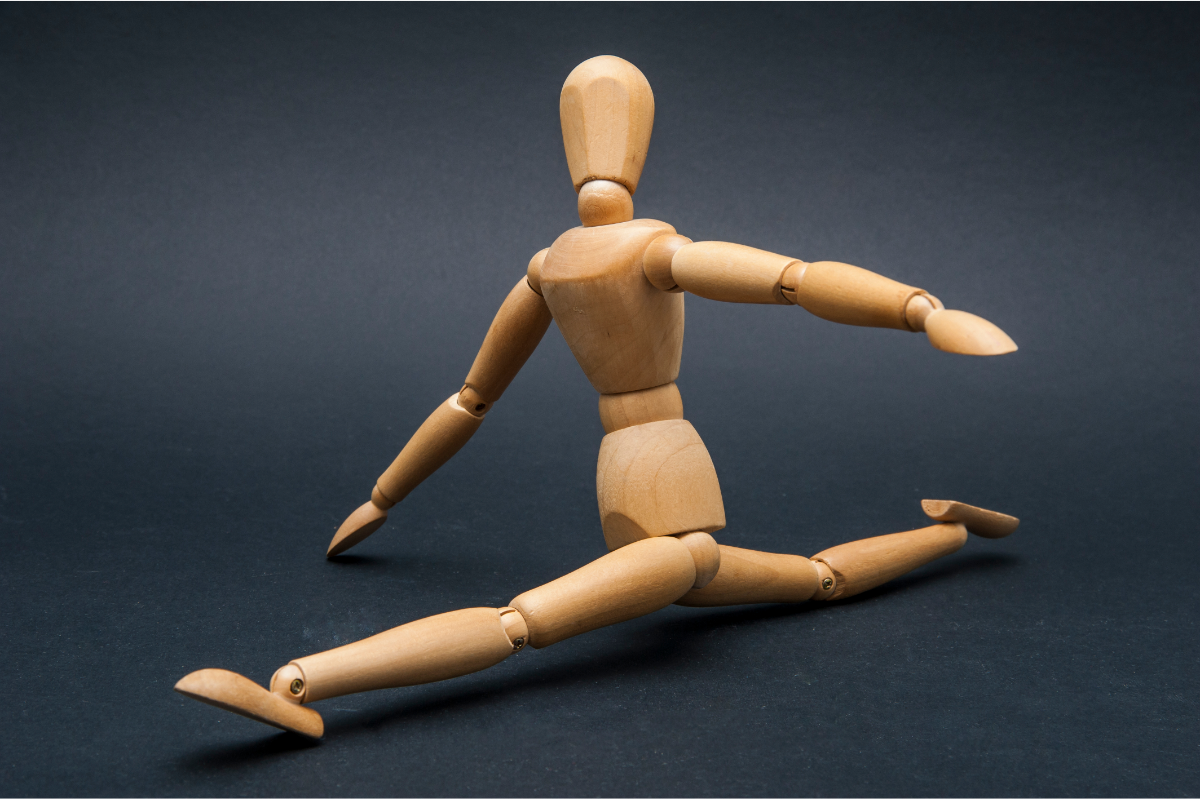How to Do Pelvic Floor Exercises During Pregnancy
The pelvic floor is a group of muscles and tissues that support the bladder, uterus, and rectum. These muscles form a kind of hammock across the bottom of your pelvis. Think of them as the body’s natural suspension system. Just like a bridge needs strong cables to hold it up, your pelvic floor needs strength and flexibility to support your organs.
Importance of the Pelvic Floor During Pregnancy
During pregnancy, your body goes through a lot of changes. As your baby grows, it puts extra pressure on your pelvic floor. This is where pelvic floor exercises come into play. They help keep these muscles strong and can ease the physical demands of pregnancy. Strengthening your pelvic floor can lead to a more comfortable pregnancy and can also facilitate labor and recovery.
Benefits of Pelvic Floor Exercises
Physical Benefits for the Mother
Doing pelvic floor exercises can provide significant physical benefits. For starters, they can help prevent urinary incontinence, a common issue many women face during and after pregnancy. Strong pelvic floor muscles can also ease lower back pain by improving your posture and supporting your spine. Additionally, these exercises can enhance sexual health by increasing blood flow to the area, promoting elasticity, and improving sensation.
Benefits for Labor and Delivery
Having a strong pelvic floor can lead to a smoother labor experience. Strong muscles can help you push more effectively during delivery, potentially reducing the need for interventions such as episiotomies. Many women also find that recovery time is shorter if they have done pelvic floor exercises during pregnancy.
When to Start Doing Pelvic Floor Exercises
Timing During Pregnancy
You can start doing pelvic floor exercises as soon as you find out you’re pregnant! It’s never too early to begin strengthening these crucial muscles. However, even if you didn’t start at the beginning, you can benefit from these exercises at any stage of your pregnancy.
Postpartum Considerations
After giving birth, it’s crucial to continue with pelvic floor exercises. Your body has gone through significant changes, and these muscles will need time and effort to recover their strength and function.
Types of Pelvic Floor Exercises
Kegel Exercises Explained
Kegel exercises are the most well-known pelvic floor exercises. They involve tightening and relaxing the pelvic floor muscles, similar to stopping the flow of urine. This simple movement can be done anywhere, making it a perfect exercise for busy moms-to-be.
Other Effective Exercises
Besides Kegels, consider including other exercises like bridge lifts, squats, and prenatal yoga. These can further strengthen your pelvic floor while enhancing overall flexibility and strength.
How to Perform Kegel Exercises
Step-by-Step Guide
- Identify Your Muscles: To locate your pelvic floor muscles, try to stop urination midstream. Once you know where they are, you can practice Kegels anywhere.
- Get Comfortable: You can do Kegels while lying down, sitting, or standing. Find a position that feels comfortable.
- Tighten and Hold: Slowly tighten your pelvic floor muscles and hold for five seconds. Focus on isolating the pelvic muscles; don’t squeeze your abdomen or thighs.
- Relax: Release the tension and relax for five seconds.
- Repeat: Aim for 10 repetitions, three times a day.
Common Mistakes to Avoid
Many women inadvertently engage their abdomen or thighs when doing Kegels, which can reduce effectiveness. Remember, the focus should solely be on your pelvic muscles. Avoid holding your breath—breathe normally throughout the exercise.
Incorporating Pelvic Floor Exercises into Your Routine
Frequency and Duration
Try to practice Kegels three times a day, with each session lasting around 10-15 minutes. It’s essential to be consistent. Just like any other muscle group, your pelvic floor needs regular workouts to get stronger.
Creating a Comfortable Environment
Find a quiet space where you can focus without distractions. Whether it’s your living room or a peaceful corner in your bedroom, make sure you feel at ease while doing your exercises.
Listening to Your Body
Signs You Should Stop
If you experience pain, discomfort, or any unusual sensations while performing pelvic floor exercises, stop immediately. It’s crucial to listen to your body and adjust accordingly.
Modifications for Different Stages of Pregnancy
As your pregnancy progresses, you may need to modify how you perform your exercises. Always consult with your healthcare provider if you have concerns about performing pelvic floor exercises safely.
Professional Guidance and Resources
Seeking Help from a Physical Therapist
If you’re unsure how to perform these exercises or want a tailored routine, consider consulting a pelvic floor physical therapist. They can provide personalized guidance and help you achieve your goals safely.
Online Resources and Apps
There are several online resources and mobile apps designed to help guide you through pelvic floor exercises. Look for reputable sources that offer tailored programs specifically for pregnant women.
The Role of Breathing in Pelvic Floor Exercises
Connecting Breath with Movement
Incorporating breath into your pelvic floor exercises can enhance their effectiveness. As you contract your pelvic floor muscles, inhale deeply, and as you release, exhale. This helps you stay relaxed and focused.
Techniques to Enhance Relaxation
Consider practicing relaxation techniques like deep breathing or meditation. This can make your pelvic floor exercises more effective and enjoyable, promoting a better overall experience during pregnancy.
Incorporating pelvic floor exercises during pregnancy is a smart move for any expectant mother. Not only do these exercises help you stay comfortable throughout your pregnancy, but they also prepare your body for labor and support recovery afterward. So, whether you’re a first-time mom or adding another little one to your family, don’t overlook the importance of maintaining strong pelvic floor muscles!

I’m Hillary Swan, a certified fitness trainer specializing in women’s health and pelvic floor strength. I’m passionate about empowering others to improve their core wellness through targeted exercises. Let’s strengthen our bodies together for a healthier, more confident life.











